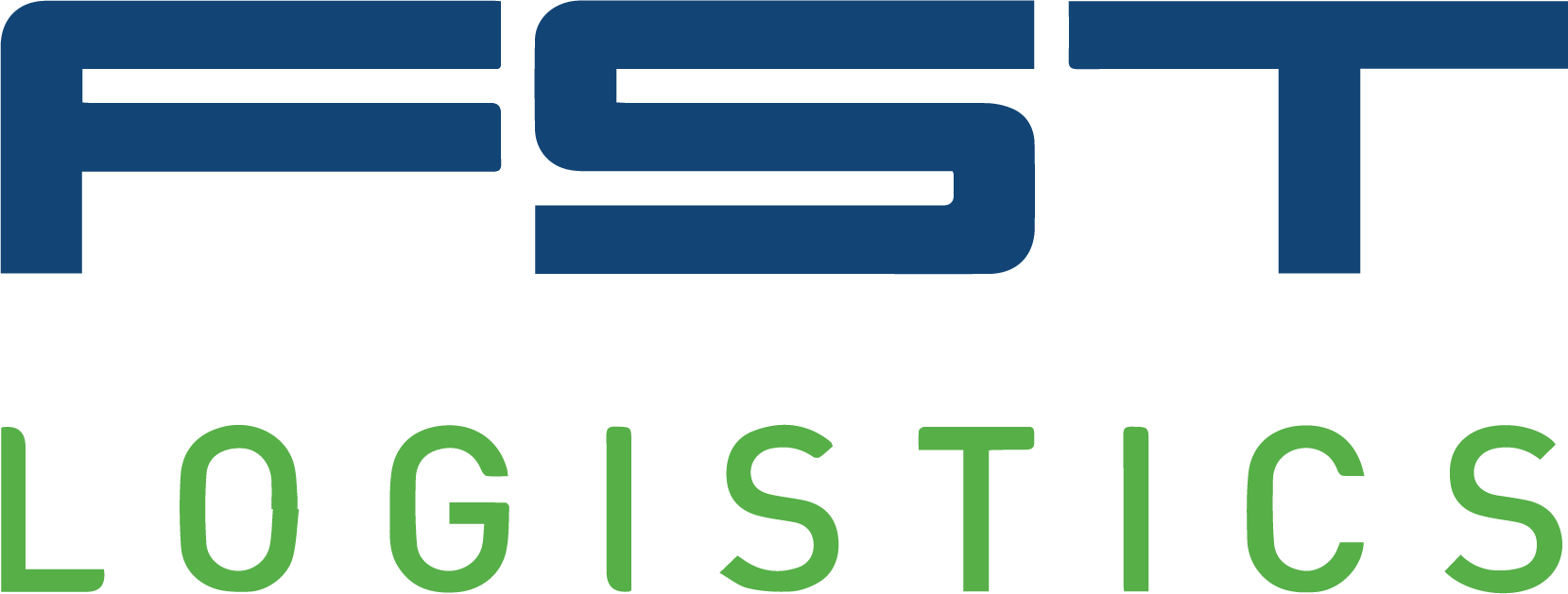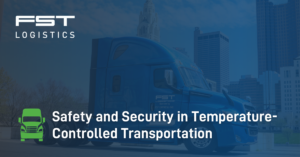Red Flag: You’re 3PL Doesn’t Prioritize Logistics Technology
Supply chains are comprised of a wide range of rules from manufacturers and customers. Your 3PL’s IT department should be your partner in designing and configuring solutions that make it easier to meet these unique needs – particularly when it comes to applying logistics technology.
When choosing a 3PL partner, put significant weight on their commitment to digital solutions. Their digital capabilities for warehousing, fulfillment and transportation will directly impact your ability to grow and improve your customer experience. Logistics technology systems play a critical role in streamlining daily processes, providing real-time visibility, lowering spend and enhancing overall efficiency.
What is logistics technology?
Logistics technology is any technology that helps improve or manage the flow of goods and information across the supply chain. Most often, logistics technology is used to refer to computing software but can also be used to describe manufacturing or vehicle applications.
Your brand can use logistics technology to empower strategic decision-making and find cost-cutting efficiencies. Software solutions help to capture essential logistics data, offer real-time insights, apply automation rules and incorporate artificial intelligence (AI).
Questions to ask a potential 3PL provider about their logistics technology:
- How do you continually invest in logistics technology?
- How do you keep up with the latest technological developments?
- Do you provide network analyses for clients?
- How does your IT team integrate with established customer systems?
- Can you build custom logistics technology solutions?
- Can your technology scale as our business expands or experiences peak season?
- What does your set-up process look like? What are timelines and requirements?
Logistics Technology for Warehousing – 3PL WMS
Technology applications for warehousing are imperative due to the complex nature of e-commerce fulfillment and inventory management. A quality 3PL WMS should offer you real-time insights into operations and pricing. That includes easy-to-use dashboards, alerts and reports so you can monitor key performance indicators (KPIs).
With this information at your fingertips, you can uncover important information like when too much of a certain product is being stored at a warehouse, when labor is being over-utilized or when you could save time by reprioritizing orders.
Key 3PL WMS capabilities to look for:
- Track and manage the movement of inventory
- Provide accurate order status and tracking information
- Provide real-time visibility into stock levels
- Optimize boxing logic (ex: order-picking routes, strategies and prioritization)
- Ensure accurate order fulfillment
- Provide access to real-time small parcel rate shopping
- Capture and record incoming and outgoing shipments
- Direct goods to optimal storage locations
- Generate shipping labels and documentation
- Integrate with carrier and retailer systems
Logistics Technology for Transportation – 3PL TMS
While transportation has more standard technology needs than warehousing, real-time insights into product location and overall shipping performance are still imperative for business success. Not only can logistics technology help you automate important and complex tasks, but it also provides insights into trends, cost drivers and areas for improvement.
Key 3PL TMS capabilities to look for:
- Real-time shipment tracking
- Optimize mode selection
- Alerts for key events, delays or exceptions
- Dynamic route optimization and planning
- Consolidate multiple orders into single shipments
- Efficient planning for shipments with multiple stops
- Tendering and booking process automation
- Digitizing shipping documents, such as bills of lading, proof of delivery and necessary customs, regulatory and compliance paperwork
- Robust analytics and reporting tools
- Seamless integration with other supply chain and enterprise systems
- API connectivity
Single Source Provider Advantage
Having a single partner to connect these many software systems provides your band with a supply chain control tower. Data stored in different silos and across many disconnected TMS/ERP systems is fragmented and makes it impossible to make timely, informed decisions. Instead, with centralized data and a dedicated 3PL IT department, you can be creative in how your brand solves complex warehousing and transportation problems because you have clear, widespread visibility.
Having a logistics technology stack that includes a tightly integrated WMS and TMS allows single-source logistics providers to facilitate end-to-end supply chain optimization and risk assessments. That means future-proofing your supply chain so your brand can scale.
Jason Sorenson, Chief Technology Officer at FST Logistics, explains that “Good data and accurate forecasting help us right-size solutions that may need to be developed for a customer. When customers have a strong understanding of their business, order flow and marketing and communication strategy, we can deliver logistics technology solutions that help the customer gain a competitive advantage.”
Choosing the Right Logistics Technology Partner
The importance of selecting a 3PL partner with a strong commitment to logistics technology cannot be overstated. When evaluating potential providers, be sure to ask targeted questions about their technology investments, integration capabilities and data analysis support.
Lean on logistics technology to identify problems before they occur and find new cost-cutting opportunities. Without the right technology stack, your brand will be unable to maximize its strategic decision-making. End-to-end visibility and real-time data is necessary in today’s business environment.


